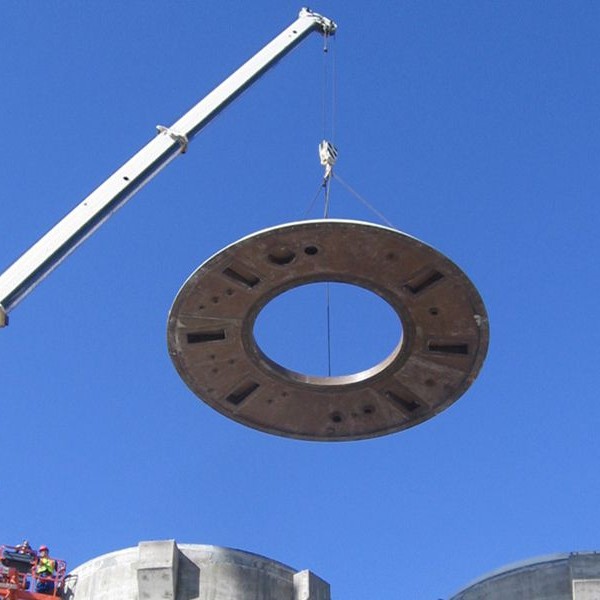
-
 Afrikaans
Afrikaans -
 Albanian
Albanian -
 Amharic
Amharic -
 Arabic
Arabic -
 Armenian
Armenian -
 Azerbaijani
Azerbaijani -
 Basque
Basque -
 Belarusian
Belarusian -
 Bengali
Bengali -
 Bosnian
Bosnian -
 Bulgarian
Bulgarian -
 Catalan
Catalan -
 Cebuano
Cebuano -
 China
China -
 China (Taiwan)
China (Taiwan) -
 Corsican
Corsican -
 Croatian
Croatian -
 Czech
Czech -
 Danish
Danish -
 Dutch
Dutch -
 English
English -
 Esperanto
Esperanto -
 Estonian
Estonian -
 Finnish
Finnish -
 French
French -
 Frisian
Frisian -
 Galician
Galician -
 Georgian
Georgian -
 German
German -
 Greek
Greek -
 Gujarati
Gujarati -
 Haitian Creole
Haitian Creole -
 hausa
hausa -
 hawaiian
hawaiian -
 Hebrew
Hebrew -
 Hindi
Hindi -
 Miao
Miao -
 Hungarian
Hungarian -
 Icelandic
Icelandic -
 igbo
igbo -
 Indonesian
Indonesian -
 irish
irish -
 Italian
Italian -
 Japanese
Japanese -
 Javanese
Javanese -
 Kannada
Kannada -
 kazakh
kazakh -
 Khmer
Khmer -
 Rwandese
Rwandese -
 Korean
Korean -
 Kurdish
Kurdish -
 Kyrgyz
Kyrgyz -
 Lao
Lao -
 Latin
Latin -
 Latvian
Latvian -
 Lithuanian
Lithuanian -
 Luxembourgish
Luxembourgish -
 Macedonian
Macedonian -
 Malgashi
Malgashi -
 Malay
Malay -
 Malayalam
Malayalam -
 Maltese
Maltese -
 Maori
Maori -
 Marathi
Marathi -
 Mongolian
Mongolian -
 Myanmar
Myanmar -
 Nepali
Nepali -
 Norwegian
Norwegian -
 Norwegian
Norwegian -
 Occitan
Occitan -
 Pashto
Pashto -
 Persian
Persian -
 Polish
Polish -
 Portuguese
Portuguese -
 Punjabi
Punjabi -
 Romanian
Romanian -
 Russian
Russian -
 Samoan
Samoan -
 Scottish Gaelic
Scottish Gaelic -
 Serbian
Serbian -
 Sesotho
Sesotho -
 Shona
Shona -
 Sindhi
Sindhi -
 Sinhala
Sinhala -
 Slovak
Slovak -
 Slovenian
Slovenian -
 Somali
Somali -
 Spanish
Spanish -
 Sundanese
Sundanese -
 Swahili
Swahili -
 Swedish
Swedish -
 Tagalog
Tagalog -
 Tajik
Tajik -
 Tamil
Tamil -
 Tatar
Tatar -
 Telugu
Telugu -
 Thai
Thai -
 Turkish
Turkish -
 Turkmen
Turkmen -
 Ukrainian
Ukrainian -
 Urdu
Urdu -
 Uighur
Uighur -
 Uzbek
Uzbek -
 Vietnamese
Vietnamese -
 Welsh
Welsh -
 Bantu
Bantu -
 Yiddish
Yiddish -
 Yoruba
Yoruba -
 Zulu
Zulu
frp fitting
Understanding FRP Fittings A Comprehensive Guide
Fiber Reinforced Polymer (FRP) fittings have emerged as a transformative solution in various industries, particularly in applications requiring lightweight, corrosion-resistant materials. As industries continually seek innovative ways to improve efficiency and reduce costs, FRP fittings provide a compelling alternative to traditional materials like metal and concrete.
What Are FRP Fittings?
FRP fittings are components made from a composite material that consists of a polymer matrix reinforced with fibers, typically glass, carbon, or aramid. These materials are known for their impressive strength-to-weight ratios and exceptional resistance to corrosion, making them ideal for applications in harsh environments. Common forms of FRP fittings include pipes, valves, connectors, and flanges, which are utilized in various sectors, including construction, chemical processing, and wastewater treatment.
Advantages of FRP Fittings
1. Corrosion Resistance One of the primary benefits of FRP fittings is their resistance to corrosive substances. Unlike traditional metals that can rust and degrade over time when exposed to chemicals, FRP remains stable and functional even in hostile environments. This makes them a favored choice in industries that deal with aggressive chemicals, such as the petrochemical sector.
2. Lightweight Compared to steel and other metals, FRP fittings are significantly lighter, which simplifies installation and reduces shipping costs. This characteristic is particularly advantageous in applications where weight is a critical factor, such as in aerospace or offshore structures.
3. Durability FRP fittings exhibit excellent impact resistance and can withstand significant stress without deforming. This durability extends their lifespan in various applications, leading to lower maintenance costs over time.
4. Thermal Insulation FRP has low thermal conductivity compared to metals, making these fittings an excellent choice for applications requiring insulation. This property helps to maintain the temperature of fluids conveyed through the pipelines, reducing energy costs.
frp fitting

5. Design Flexibility The manufacturing process of FRP allows for intricate and customized designs. This flexibility means that FRP fittings can be tailored to meet specific project requirements, accommodating unique geometries and sizes that may be difficult to achieve with traditional materials.
Applications of FRP Fittings
Due to their advantageous properties, FRP fittings are used in a wide range of applications. In the chemical industry, they are utilized for transporting aggressive fluids, whereas in the construction sector, they can be used for structural components that require both strength and resistance to environmental factors. Water treatment facilities also leverage FRP fittings for their capabilities in minimizing contamination and ensuring system longevity.
Installation and Maintenance Considerations
While FRP fittings offer numerous benefits, it is essential to follow proper installation procedures to maximize their performance. Using the right adhesives and ensuring compatibility with other materials is crucial. Furthermore, although FRP requires less maintenance than traditional materials, periodic inspections are recommended to ensure integrity and performance, especially in demanding environments.
The Future of FRP Technology
As technology advances, the development of FRP materials is likely to continue, with enhancements focusing on increasing strength, improving resistance to higher temperatures, and integrating smart technologies. These advancements will ensure that FRP fittings remain at the forefront of industrial applications.
In conclusion, FRP fittings represent a significant innovation that addresses many of the challenges faced in various industries today. With their unmatched combination of corrosion resistance, lightweight design, and durability, FRP fittings will undoubtedly play an essential role in the future of material engineering and application. Embracing these advanced materials can lead to more efficient, sustainable, and cost-effective solutions across multiple sectors.
Latest news
-
Exploring the Benefits of Top Hammer Drifter Rods for Enhanced Drilling PerformanceNewsJun.10,2025
-
High-Precision Fiberglass Winding Machine for GRP/FRP Pipe Production – Reliable & Efficient SolutionsNewsJun.10,2025
-
FRP Pipes & Fittings for Shipbuilding - Corrosion-Resistant & LightweightNewsJun.09,2025
-
Premium FRP Flooring Solutions Durable & Slip-ResistantNewsJun.09,2025
-
Premium Fiberglass Rectangular Tanks Durable & Lightweight SolutionNewsJun.09,2025
-
Tapered Drill String Design Guide Durable Performance & UsesNewsJun.09,2025









